Almost all of us in the United States and Canada will engage in that semi-annual ritual of adjusting our clocks by an hour. However, we are not just messing with our clocks. To some extent, we are messing with our brains.
It’s the fall, when we engage in seasonal time change, we will cause our clocks to “fall back” by an hour, until April when we will do the reverse, and “spring ahead.” Most of Europe did this a week ago and will do it again in the spring. About two-thirds of countries make no seasonal time adjustment at all.
More than a century ago, all time was local (and relatively approximate) and driven by the sun’s position in the sky. Modern Daylight Savings Time only began to be adopted about 100 years ago to make life easier for people engaged in activities affected by the seasonal changes in daylight.
What Time Change Does to the Brain
Each of us has a biological clock that keeps track of where we are in our 24-hour day and makes time-of-day-appropriate adjustments to the brain and body. We refer to these automatic adjustments as “circadian” rhythms—from the Latin, for “around a day” rhythms.
The sleep-wake cycle is one of the most important regulated functions influenced by this timekeeping. Our brain’s hypothalamus has a “master clock” that receives inputs directly from our eyes, which is how our brains set our daily cycle period at about 24 hours.
This master clock turns on a tiny structure in our brains, called the pineal gland, to release more of a sleep-inducing chemical called melatonin at about the same time every evening. The level of melatonin slowly increases to reach maximum deep sleep in the night, then slowly declines as you advance toward morning awakening. The shift from darkness to daylight in the morning, causing your initial morning awakening, releases the excitatory neuromodulator norepinephrine, which, with other chemicals, “turns on the lights” in your brain.
Jet Lag Illustrates How Time Changes Mess With Us
A more extreme illustration of how shifts in daylight can wreak havoc with your internal master clock comes from rapidly crossing multiple time zones, as you do when you fly long distances. Your internal clock is set to the time zone you started in. When you travel through ten time zones—say, from San Francisco to Istanbul—your internal clock becomes more than a little miffed.
Night and day seem almost to have switched, and that puts our waking and sleeping behaviors out of sync with the production of brain chemicals that affect our alertness and mood. Known symptoms of jet lag include mood changes (fatigue, irritability, malaise, depression); cognitive function difficulties (focus, decision-making, memory, fluency); stomach problems (loss of appetite, nausea, constipation, diarrhea); and sleep problems (insomnia, nodding off, restlessness, insufficiency). Those who travel those kinds of distances at a much slower pace—perhaps by ocean liner—have far fewer issues as they slowly make daily adjustments in their circadian rhythms.
We shift the time on the mechanical clock—requiring a reset of the brain’s master clock—not just when we travel across time zones. Our minds and bodies are so sensitive to these rhythms that even the relatively small one-hour adjustments to our mechanical clocks as we go on and off Daylight Savings Time each spring and fall cause some people great annoyance.
A similar example arises if you suddenly change from working the day shift to the night shift. At first, you will have a lot of issues, until your body adjusts to your new rhythms. However, even if you have been a night shift worker for a long time, night shift workers are apt to be a little bit more anxious and depressed than people who wake up to rise and shine with the sun every morning.
What to Do About Time Change
If you anticipate feeling knocked off your rhythms by a time change, you could think about preparing in advance. If it’s the adjusting clocks by an hour for Daylight Savings change that throws you off-kilter, you might adjust your bedtime by 10 minutes a day for the week before.
If you are traveling multiple time zones (and flipping night and day), you may need to make larger time adjustments over the preceding couple of weeks to align to your target time zone’s sleep and wake times and eating times, and to change, artificially, when you experience light and darkness (by wearing sunglasses or looking at blue screens) to coax your pineal gland to gradually adjust to the target zone. Coffee to stay awake and melatonin tablets to tell your pineal gland it’s time to go to sleep can also help.







